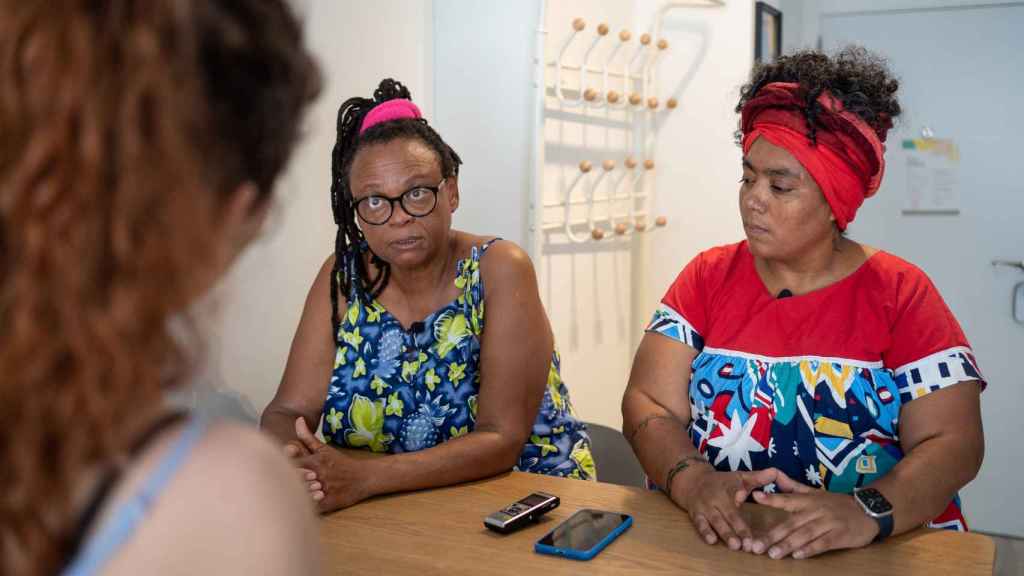The paradisiacal landscapes of the Atlantic coast of Honduras -such as Cayo Cochino or Triunfo de la Cruz- are the dream places of thousands of tourists who, every year, seek to relax in its crystal clear waters and leafy jungles. But these territories are also poverty stricken of their communities and devastated by the violence exercised for years against the Garífuna communitieswho have been living in these lands for centuries.
The Garífunas are a descendant group of Africans and Carib aborigines who live in different areas of Honduras, Guatemala and Belize. In the case of Honduras, they settled in the country at the end of the 18th century. Despite being a minority, they still retain a strong sense of community identity, which also rests on women, since it is governed by a matrilineal system. They have their own language, traditions and a different spirituality from the prevailing one in the country.
They also own the ancestral territories on the Honduran coast, which is divided between 45 small communities. Spaces that they have taken care of for more than two centuries, but that are now being taken away by a mixture of political, business and organized crime interests.
[Opinión: Las lenguas indígenas, amenazadas en un mundo que pierde un idioma a la semana]
“We live in a disputed area for control of the territories by drug traffickers in Honduras in the last decade. Many of our communities are disappearing as a Garífuna community,” denounces Miriam Miranda.
Miranda is coordinator of the Honduran Black Fraternal Organization (OFRANEH) and describes herself as “Afro-indigenous from the Garífuna people” with “many years in this struggle.” “Not only have I worked with indigenous peoples, but also with women’s and student movements…”
Interview with Miriam Miranda and Yessica Trinidad
Beside Jessica Trinidad, Miranda has come to Spain to denounce the situation of the Garífuna people. Trinity, in addition to being coordinator of the National Network of Women Human Rights Defenders in Hondurasdefines herself as “black feminist, mother of two children and with half her life dedicated to the defense of human rights”.
When asked about their fight, they say they have spent “a lifetime” side by side, covering each other’s backs. They have been through violent situations, a coup (in 2009), 12 years of “drug dictatorship”, the return to democracy… For this reason, not even the more than 12-hour flight from Tegucigalpa, the arrival at five in the morning, nor the suffocating Madrid heat at three in the afternoon, stops them from defending the rights of their people.
“The expulsion of the Garifuna is so great that These territories are being populated by other people who are not Garífuna. There is an absolute helplessness and we have to be in that daily, permanent fight to survive. We have the right to live with well-being,” says Miranda vehemently.
Expulsion from the territory
The problem with the Garífuna community, as the activists explain, is very complex and has different actors involved.
Miriam Miranda and Yessica Trinidad during the interview.
On the one hand, the main conflict comes over the ancestral territories that belong to them for historical reasons, but that the government is selling to companies -in which, as they denounce, politicians themselves are often involved-. This action violates the rights of the Garífunas and has reached the Inter-American Court of Human Rights, which on several occasions it has condemned the Honduran State.
“The State has refused to comply with those sentences. But, to give an example, many of those who are invading the Garífuna territories are national deputies. They have interests within the territories. So, how are they going to legislate against them? themselves? There is no independence. There is a very thin line between what the businessmen are, those who have power and the people who are in the Government. They are the same. So, it is very difficult to fight against that,” laments Miranda.
And he adds: “There were 12 years of drug dictatorship where a real mafia was installed in the system, in the institutions of Honduras. Dismantling it requires a whole strategy and the struggle of the people. They are the ones who control these groups that are in the territory” .
In relation to these territories, they also criticize that attempts are being made convert to protected areas as another way to expel the Garifuna. “In the name of the supposed protection of protected areas and reserve zones, they are expelling communities. It is part of this new strategy that due to the climate crisis, 30% of the territory worldwide is going to become protected areas for the 2030. But for this they are violating the rights of the peoples who have been there historically,” Miranda asserts.
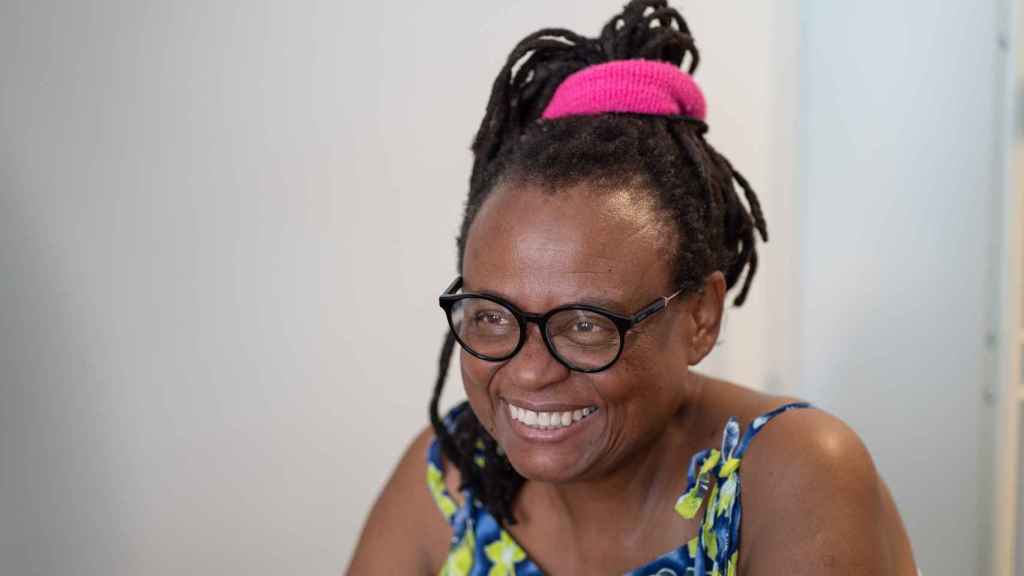
Miriam Miranda.
As the activists explain, what is really sought is use the excuse of protected areas to empty them to build tourist complexes. “Today, the protected areas that are managed by foundations, what they want is to turn them into tourist areas.”
“An example is Cayo Cochino, which is very famous because there are 18 islets and there are some that have been bought by foreigners. They take a reality show and tourists, and the Foundation benefits from this because it charges a percentage for each tourist that arrives there. And what about the right to the community that has been historically? It’s a double game,” says Miranda.
“They impoverish the towns and then they don’t fit in their luxurious landscapes. That’s why they kick us out, it’s not that people leave. This is important to say. The caravans that have left Honduras in recent years is because they are expelledbecause he doesn’t have enough to live on,” adds Yessica Trinidad.
Criminalization of the Garifuna
In addition to the violation of their rights, he criticizes the criminalization exercised against indigenous communities, as if they were guilty of the deterioration of the area. “This discourse of protecting the territories, the fauna… It’s rubbish. The people who live there have been made responsible for the destruction of the fauna and flora, when it’s not true. Those territories would not be there if the indigenous peoples had not protected them.”.
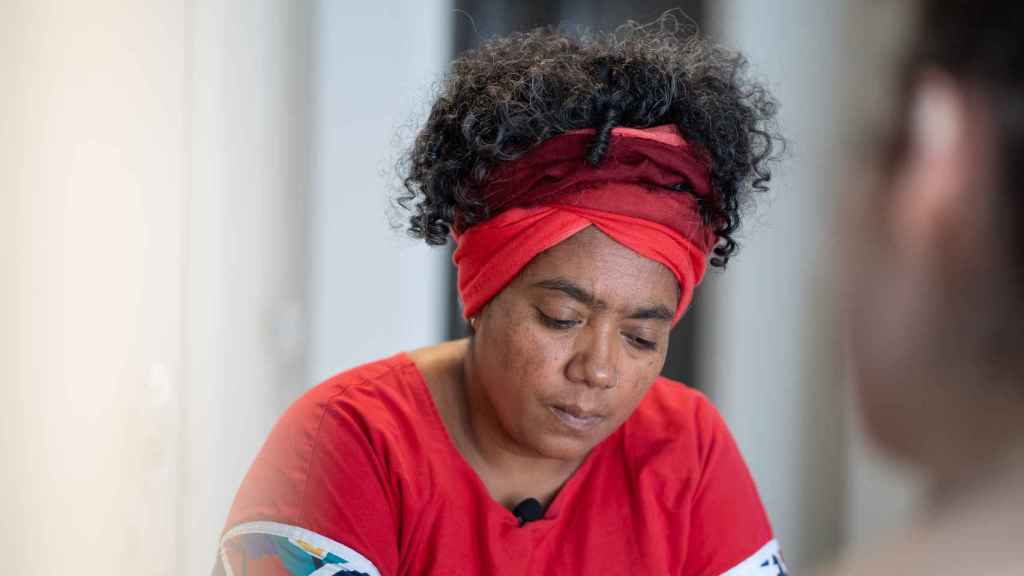
Jessica Trinidad.
Trinidad gives the example of the Bay Islands, where the first Garífuna community was established. Currently, there are territories called Special Development Zones (ZEDES) to which the Garífuna community cannot access and in which luxury establishments and mansions have been built -as is the case on the island of Roatán-.
However, the Garifuna are blamed for the contamination of these islands, despite the fact that they know the land well and maintain a traditional lifestyle in which “we use what we need”. “They are not accused of contaminating the corals, no, it is the people who have lived there, who have taken care of them.”
For the activists, this blaming of the Garífuna peoples is also related to the racism. “Honduras is a country where there is institutional racism and that pejorative idea of the Garífuna people is perpetuated. They tell you things like: ‘Ah, those are only good for three things: dancing, cooking and playing soccer’. As Trinidad says, we have been here since before the creation of the Republic, we have also built this country.”
In the end, all this generates a harsh criminalization campaign that has led to aggressions against members of the community and even forced disappearances and murders.
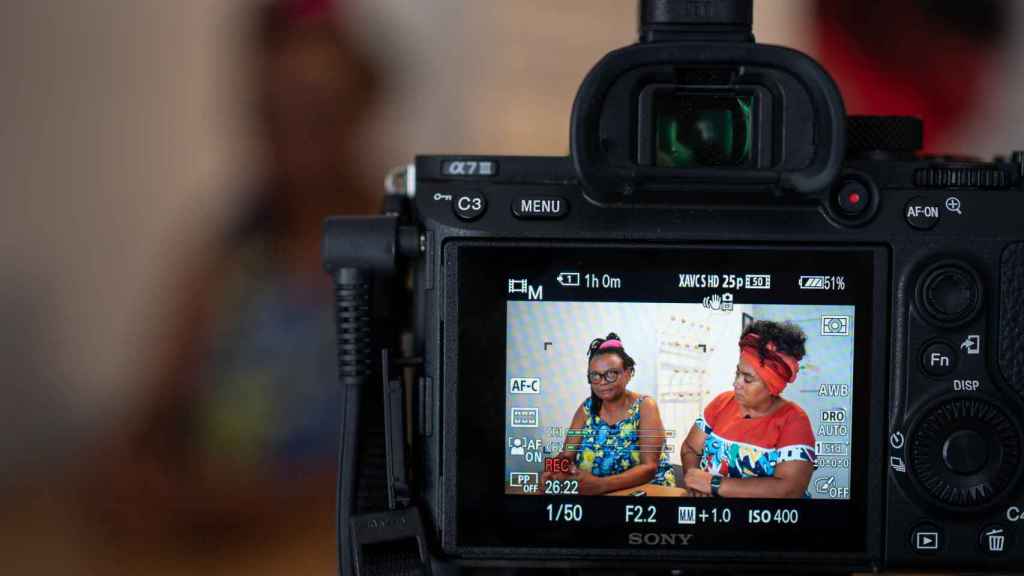
Miriam Miranda and Yessica Trinidad.
“An event that has been very painful for the Garífuna community in the country, for human rights organizations, was the disappearance of four of our colleagues, who will be two years old now in July. It is something that has not been going on for many years. It was happening in Honduras. And that is why the situation of the Garífuna people and OFRANEH in the country is so delicate, because many of the attacks on defenders of the land, of the territory, are directed at our compañeras and compañeras,” says Trinidad.
“Many times these attacks are committed by foreigners who come to take over the land and who do so, not only with impunity, but also with the support of the governments that have been in power in recent years. They sell them land that the State of Honduras knows that it cannot sell, because they are territories of the Garífuna people. When the Property Institute issues a title to a foreigner, they are being complicit in the persecution, in the murders, in the threats.”
Trinidad explains that there are “an infinite number of judicial processes against compañeras and compañeros accused of usurping land” and that even women over 80 years of age have been criminalized. “They turn those who defend their territories into criminals”.
Hope?
Given this situation, which has only worsened in recent years, one wonders if they still have hope that the Garifuna will recover their rights. The return of democracy and the recent election of Xiomara Castro as president of the country, it could mean that change that they crave so much. However, the two activists are somewhat skeptical, since they know well how complex it is to “dismantle the power structures of the drug dictatorship.”
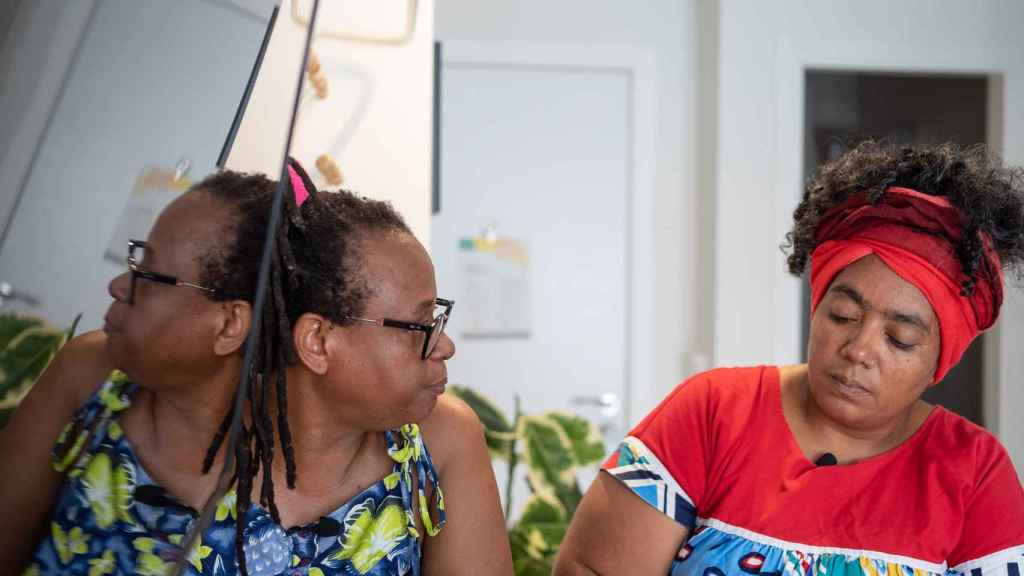
“That’s the million dollar question,” Miranda replies. “Of course, we celebrate the end of the drug dictatorship, there is great hope, but it will depend a lot on the response of this new government. We have a great challenge and a strategy is required to move this country forward, and also respond to the basic needs of the community in matters of health, education, housing, food sovereignty. The power structure of the drug dictatorship is intact. There’s still a lot left”he concludes.

